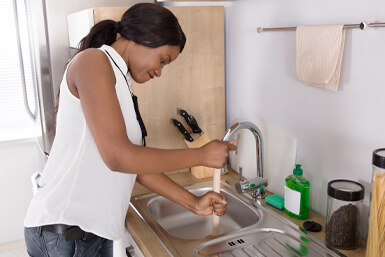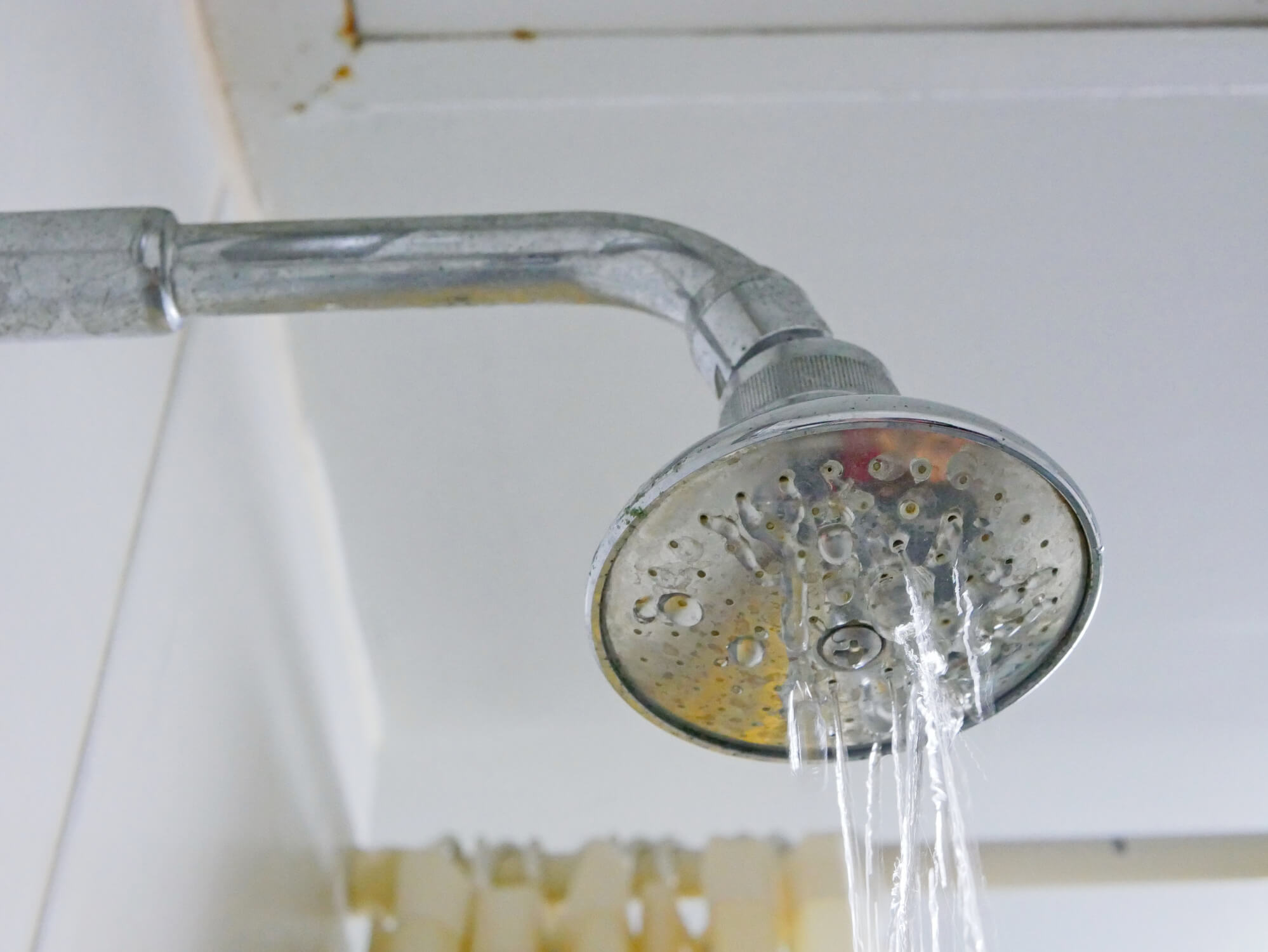On this page below yow will discover a lot of sensible points concerning Why Do My Pipes Make Noises.

To identify noisy plumbing, it is necessary to identify initial whether the unwanted sounds happen on the system's inlet side-in other words, when water is transformed on-or on the drain side. Sounds on the inlet side have differed causes: too much water stress, used valve and also faucet components, incorrectly linked pumps or other home appliances, incorrectly positioned pipeline fasteners, and also plumbing runs including too many limited bends or other constraints. Noises on the drainpipe side typically stem from inadequate location or, similar to some inlet side noise, a design consisting of tight bends.
Hissing
Hissing sound that occurs when a tap is opened a little typically signals too much water stress. Consult your neighborhood water company if you think this issue; it will have the ability to tell you the water pressure in your area and also can set up a pressurereducing shutoff on the incoming water system pipeline if necessary.
Thudding
Thudding noise, commonly accompanied by trembling pipelines, when a tap or appliance valve is shut off is a problem called water hammer. The sound and also resonance are brought on by the resounding wave of stress in the water, which unexpectedly has no area to go. Occasionally opening up a shutoff that releases water promptly into a section of piping containing a restriction, arm joint, or tee fitting can create the exact same condition.
Water hammer can typically be treated by setting up fittings called air chambers or shock absorbers in the plumbing to which the issue valves or taps are linked. These devices allow the shock wave created by the halted flow of water to dissipate airborne they have, which (unlike water) is compressible.
Older plumbing systems might have brief upright areas of capped pipeline behind walls on faucet runs for the exact same function; these can ultimately full of water, decreasing or ruining their efficiency. The remedy is to drain the water system completely by shutting down the major water shutoff and also opening up all faucets. Then open up the major supply shutoff and also close the faucets individually, beginning with the faucet nearest the valve as well as ending with the one farthest away.
Chattering or Screeching
Extreme chattering or shrilling that takes place when a shutoff or faucet is activated, which typically goes away when the fitting is opened fully, signals loosened or faulty internal components. The solution is to change the shutoff or faucet with a new one.
Pumps as well as appliances such as washing equipments as well as dish washers can move motor sound to pipes if they are improperly linked. Link such products to plumbing with plastic or rubber hoses-never rigid pipe-to isolate them.
Various Other Inlet Side Noises
Squeaking, squeaking, damaging, snapping, as well as tapping typically are brought on by the expansion or tightening of pipes, typically copper ones providing hot water. The sounds happen as the pipelines slide against loosened fasteners or strike neighboring residence framing. You can typically determine the location of the issue if the pipelines are exposed; simply follow the noise when the pipelines are making noise. Probably you will certainly discover a loose pipeline hanger or a location where pipelines exist so near floor joists or various other mounting pieces that they clatter against them. Connecting foam pipe insulation around the pipes at the point of call ought to fix the problem. Be sure bands and also wall mounts are safe and offer ample support. Where feasible, pipe fasteners need to be connected to huge architectural aspects such as structure walls as opposed to to framing; doing so decreases the transmission of vibrations from plumbing to surface areas that can magnify as well as move them. If attaching fasteners to framework is unavoidable, wrap pipelines with insulation or various other resilient product where they speak to bolts, and also sandwich the ends of brand-new bolts between rubber washing machines when installing them.
Remedying plumbing runs that struggle with flow-restricting tight or countless bends is a last option that must be embarked on only after speaking with a competent plumbing service provider. Unfortunately, this situation is relatively usual in older residences that may not have been developed with interior plumbing or that have actually seen a number of remodels, particularly by beginners.
Drainpipe Noise
On the drainpipe side of plumbing, the principal goals are to get rid of surfaces that can be struck by dropping or hurrying water and to protect pipelines to include inescapable audios.
In new building, tubs, shower stalls, commodes, and also wallmounted sinks and basins must be set on or versus resistant underlayments to reduce the transmission of sound with them. Water-saving bathrooms and also taps are much less loud than conventional versions; install them instead of older types even if codes in your area still allow making use of older components.
Drainpipes that do not run vertically to the cellar or that branch right into horizontal pipe runs sustained at flooring joists or various other framing present specifically bothersome sound problems. Such pipelines are big sufficient to radiate significant resonance; they also bring substantial amounts of water, which makes the situation even worse. In brand-new construction, specify cast-iron dirt pipelines (the large pipes that drain pipes commodes) if you can afford them. Their massiveness includes a lot of the noise made by water travelling through them. Also, avoid directing drains in walls shared with bed rooms and also areas where people gather. Walls containing drainpipes must be soundproofed as was defined previously, using double panels of sound-insulating fiberboard as well as wallboard. Pipelines themselves can be covered with special fiberglass insulation made for the objective; such pipes have an invulnerable vinyl skin (sometimes containing lead). Outcomes are not constantly satisfying.
WHY IS MY PLUMBING MAKING SO MUCH NOISE?
This noise indeed sounds like someone is banging a hammer against your pipes! It happens when a faucet is opened, allowed to run for a bit, then quickly shut — causing the rushing water to slam against the shut-off valve.
To remedy this, you’ll need to check and refill your air chamber. Air chambers are filled with — you guessed it — air and help absorb the shock of moving water (that comes to a sudden stop). Over time, these chambers can fill with water, making them less effective.
You’ll want to turn off your home’s water supply, then open ALL faucets (from the bathroom sink to outdoor hose bib) to drain your pipes. Then, turn the water back on and hopefully the noise stops! If you’re still hearing the sound, give us a call to examine further.
Whistles
Whistling sounds can be frustrating, as sometimes the source isn’t easily identified. However, if you can pinpoint which faucet or valve that may be the cause, you’ll likely encounter a worn gasket or washer — an easy fix if you replace the worn parts!Whistling sounds from elsewhere can mean a number of things — from high water pressure to mineral deposits. Your best plan of attack here is to give our plumbing experts a call. We’ll be able to determine where the noise is coming from and what the cause may be, then recommend an effective fix!
Cracks or Ticks
Cracking or ticking typically comes from hot water going through cold, copper pipes. This causes the copper to expand resulting in a cracking or ticking sound. Once the pipes stop expanding, the noise should stop as well.
Pro tip: you may want to lower the temperature of your water heater to see if that helps lessen the sound, or wrapping the pipe in insulation can also help muffle the noise.
Bangs
Bangs typically come from water pressure that’s too high. To test for high water pressure, get a pressure gauge and attach it to your faucet. Water pressure should be no higher than 80 psi (pounds per square inch) and also no lower than 40 psi. If you find a number greater than 80 psi, then you’ve found your problem!
Next step is to give us a call in order to install a pressure regulator. Trust us, you don’t want to wait to resolve this issue. Not only is the sound annoying, but high water pressure can be destructive to your home — including damaging certain appliances, like your washer and dishwasher.
Dripping
You might be accustom to the slow quiet drip your kitchen faucet makes. You might have even tuned out your bathroom sink dripping and drabbing all day long — but it’s time to find its cause.
A slow drip could signify a variety of easy to fix issues, such as a worn out O ring, or loose part. And by ignoring the drip, you could be wasting up to 2,000 gallons of water a year! So start conserving water — get it looked at ASAP.
https://www.pwessig.com/blog/2018/december/why-is-my-plumbing-making-so-much-noise-/

As an avid reader about Why is My Home Making Strange Plumbing Noises, I assumed sharing that piece of content was sensible. Loved our piece? Please share it. Let someone else find it. Thank-you for your time invested reading it.
Details Here
Comments on “Why is My House Making Unusual Plumbing Sounds?”